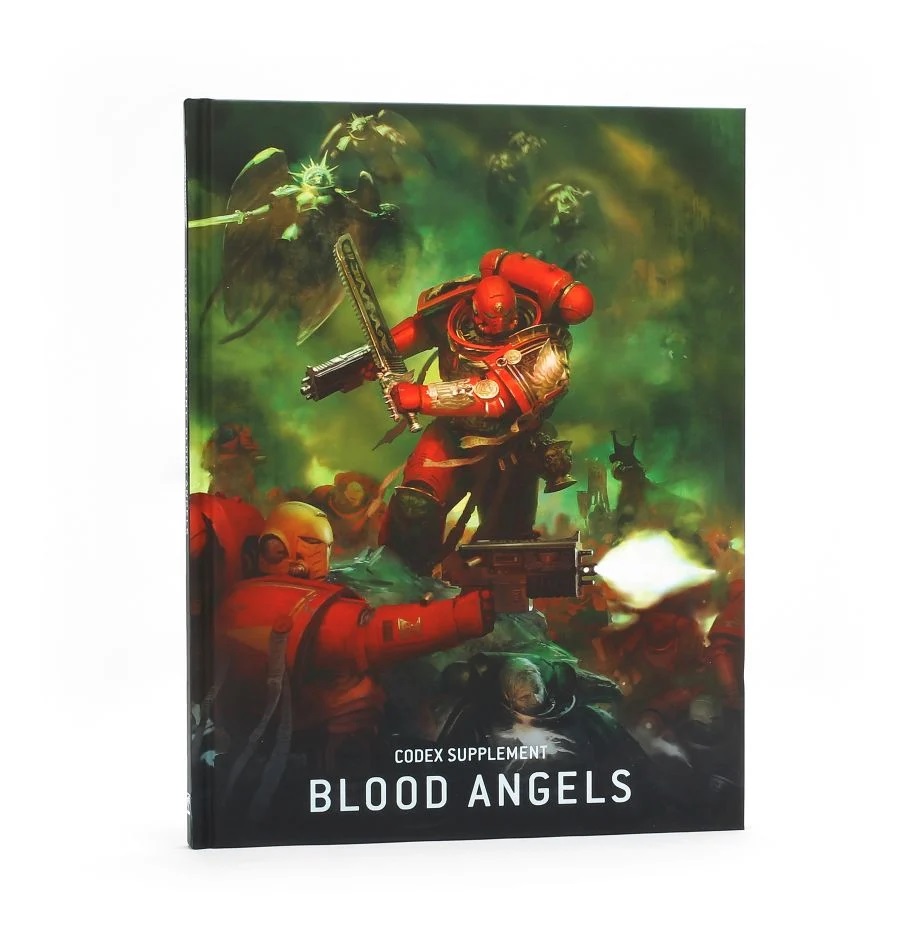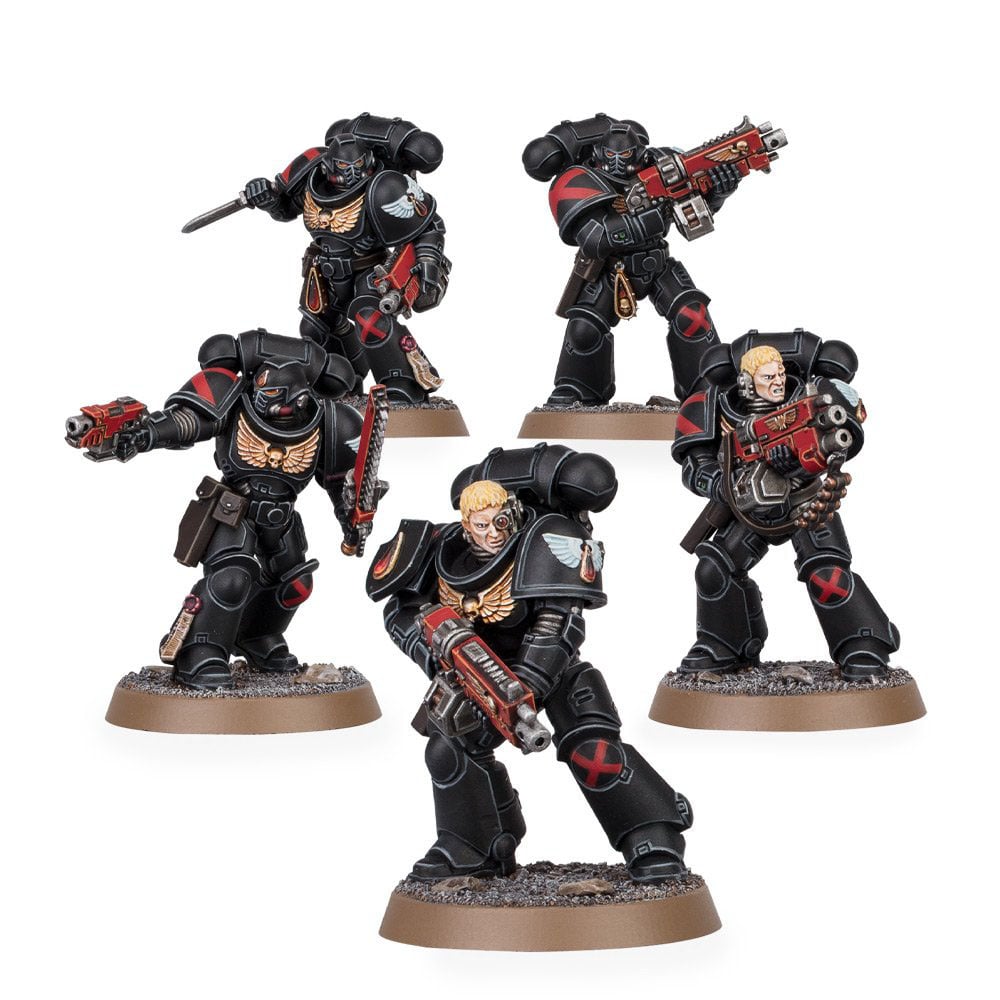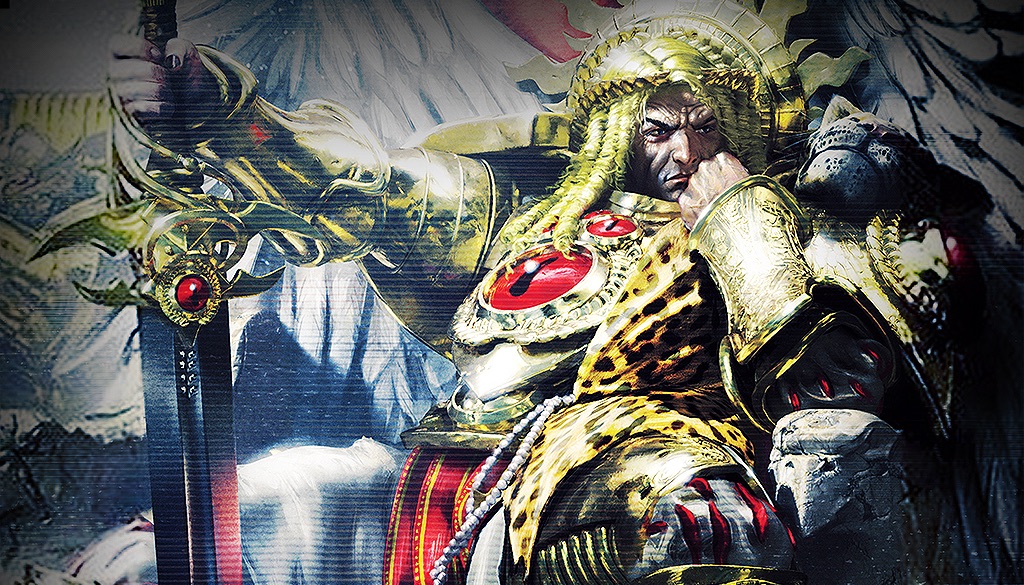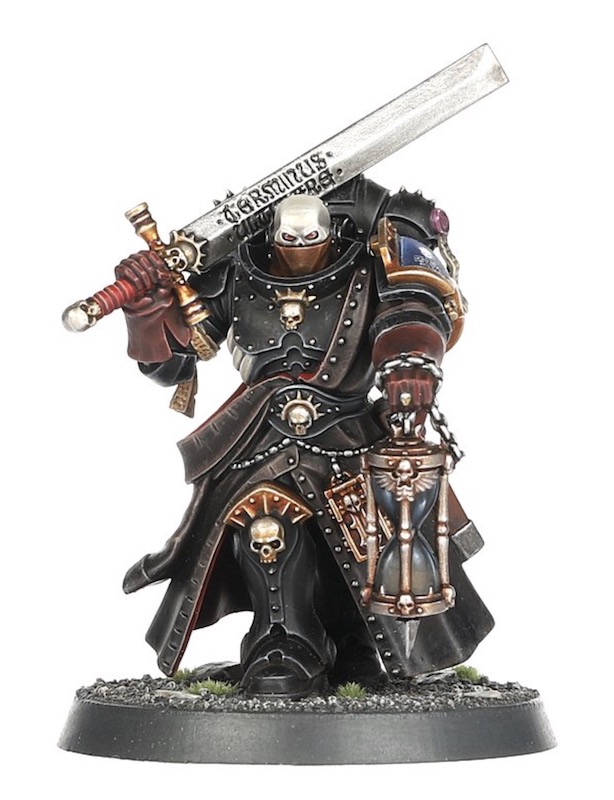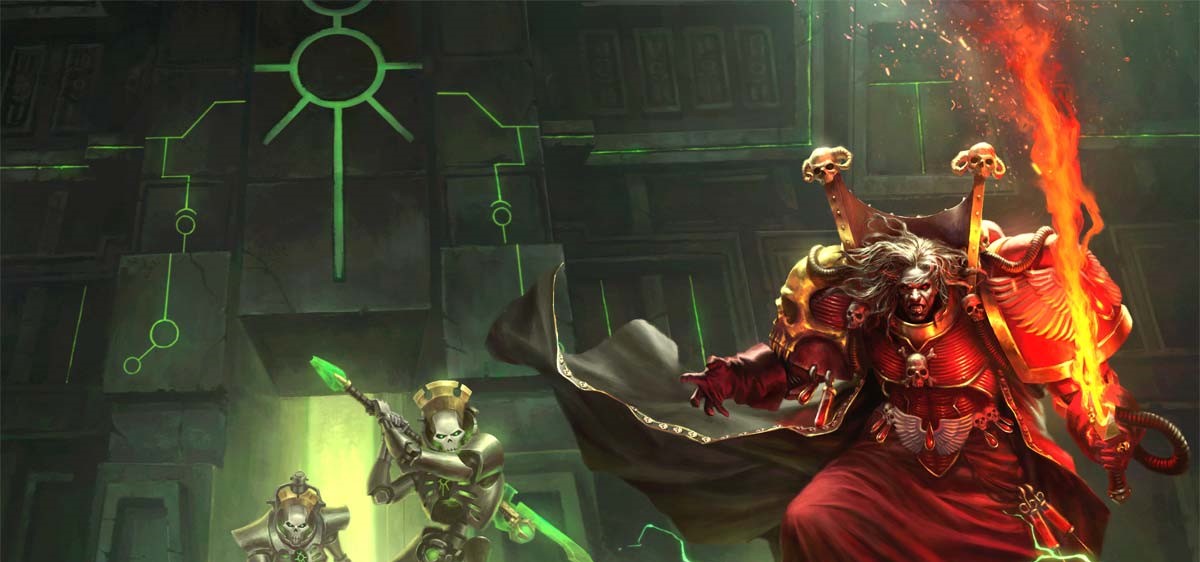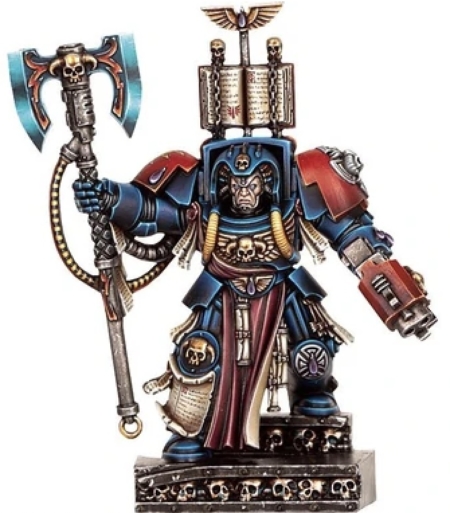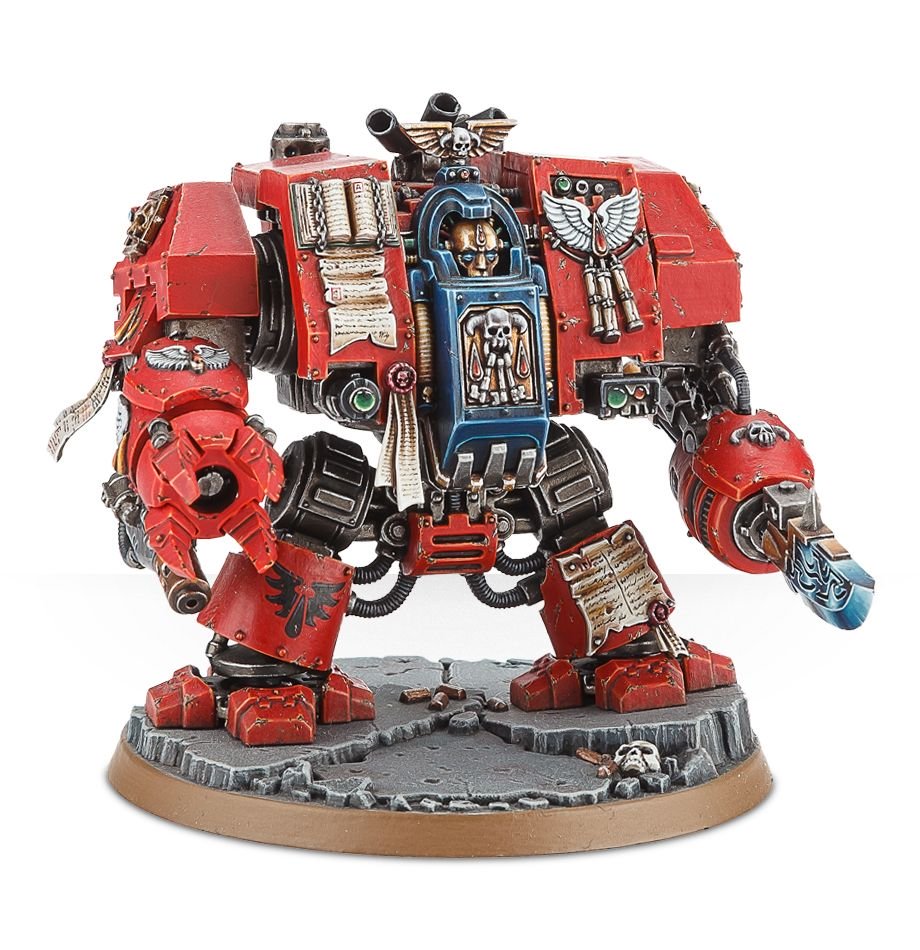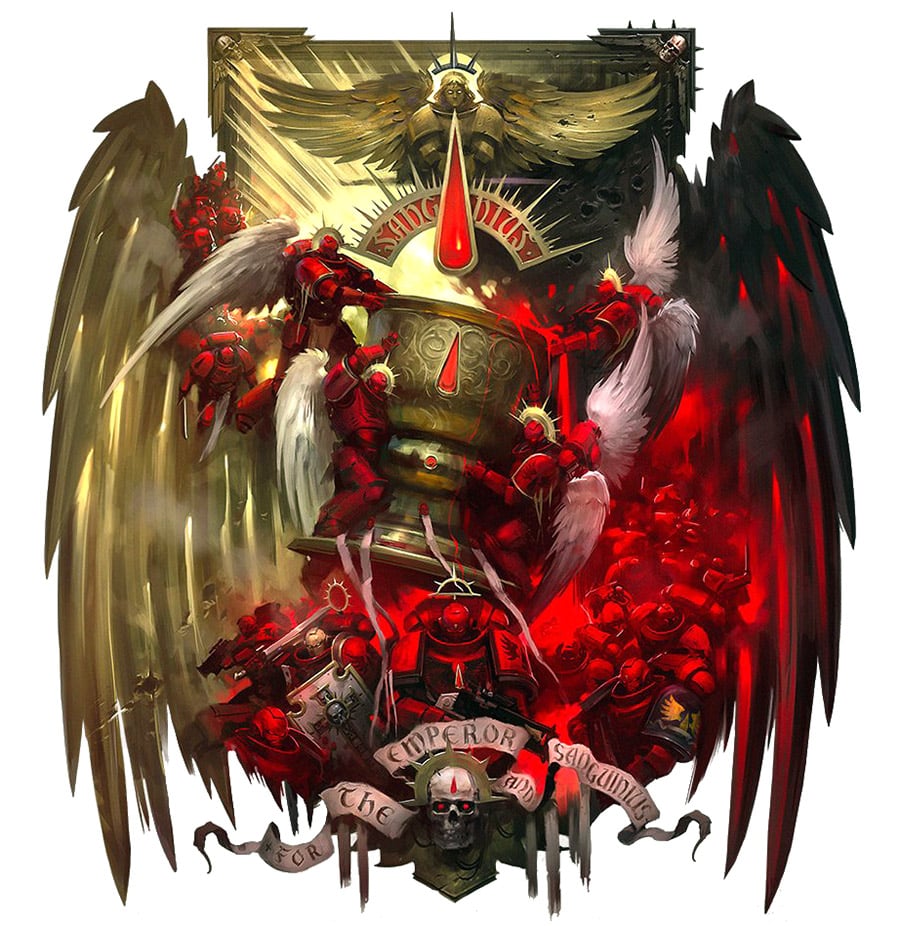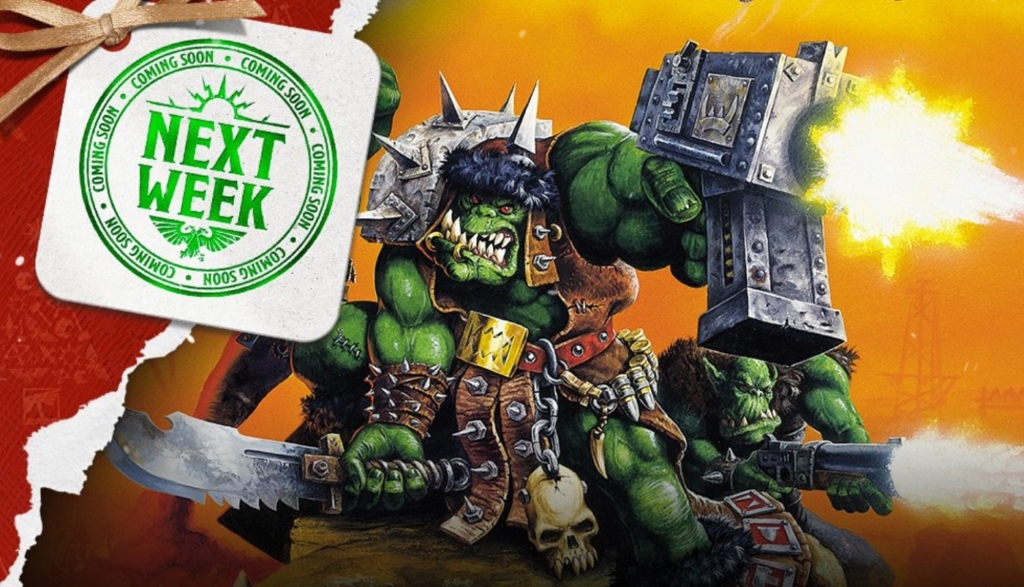Warhammer 40K: Blood Angels Tactics for a New Edition
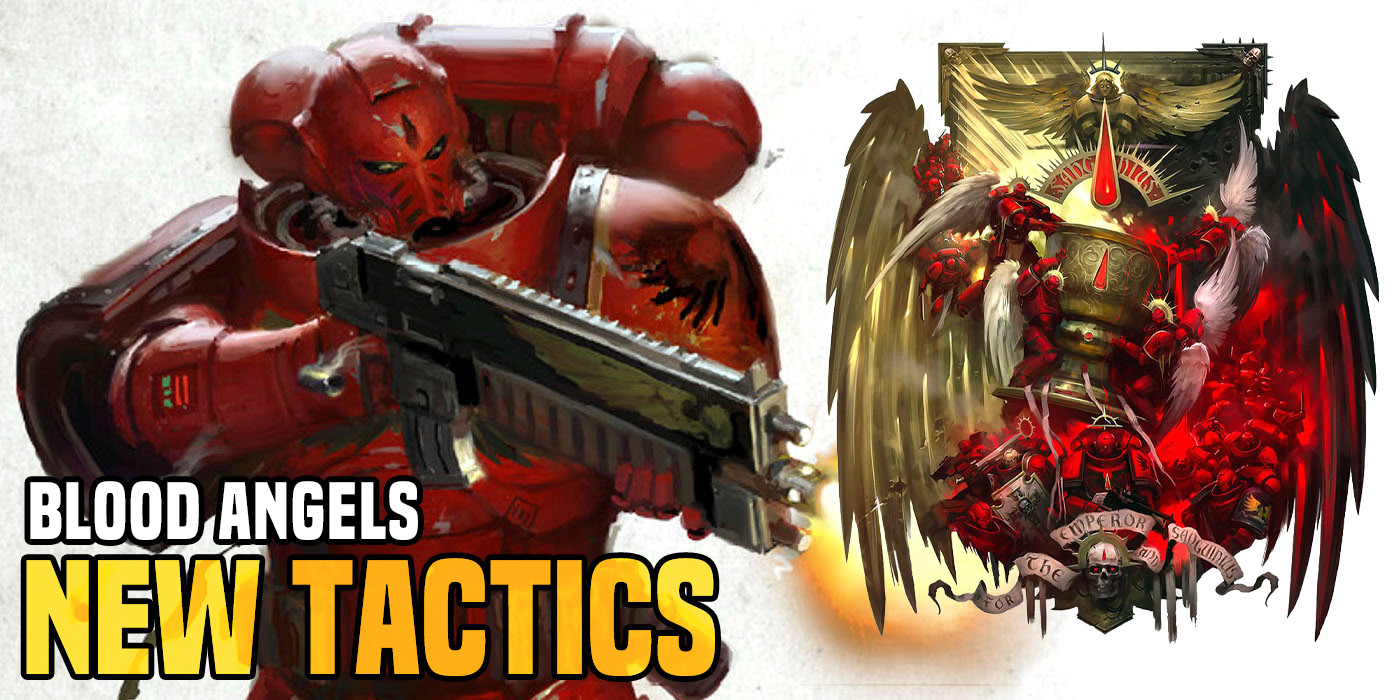
The Blood Angel Codex forces players to embrace a different strategy and mentality to win. Here’s what I’ve discovered.
Hello, fellow wargamers! Chris Morgan here. By now the Blood Angels 9th edition codex supplement has been out for a few weeks, and after much shipping shenanigans, I got my collector’s edition copy (because I’m a sucker) and have spent the last couple of weeks perusing the contents. Many different channels and pages have taken a crack at a full codex review by this point, and are definitely worth checking out. This is less of a review than it is a commentary on how this book forces BA players to embrace a different strategy and mentality than the previous book, and I plan on touching on some of the things to aim for and some of the pitfalls to avoid with this book. It’s a very different game of 40K then it was in 8th edition, and this book reflects that.
Build and Play Your Army for Achievable Objectives
The core of competitive play is understanding what you are trying to accomplish and building an army that has the means to accomplish your goals. Some of this falls outside of your control since you can’t always pick your mission. Additionally, your opponent’s army composition also should be influencing that, since many of your secondary mission objective choices will change because of how your army interacts with your opponent’s and vice-versa. I’m explaining this both as a warning to you and as a warning to myself because as a Blood Angels player, the theme of our army can sometimes influence our choices when it comes to secondaries.
In my initial impression, this book is the most successful attempt at integrating faction lore/theme into rules that the Blood Angels probably have ever seen. This is great for me because it means that the army doubles down on the core gameplay themes of close combat (my happy place in any game system). This also means I have to gut check and think about how my desires to play “in theme” can backfire and set me up for failure on the battlefield.
Let’s look at the unique secondary objectives for BA as an example. These can be a thematic trap that can undermine your whole strategy since the wording right now can be somewhat misleading if you don’t read it carefully. “Fury of the Lost” is perhaps the greatest example of this:
Fury of the Lost:
Progressive Objective
Score 3 Victory Points at the end of your turn if one or more enemy units have been destroyed by a DEATH COMPANY unit from your army this turn
Death Company are a major theme of the book, with tons of new rules to learn and new ideas to toy around with, if you aren’t reading the objective clearly then you can get lost in the excitement of killing things with your Death Company to earn points. What you want this objective to mean is that you get 3 points for every unit your Death Company kills. What it REALLY means is that no matter how many units your DC kill, you only get three points per turn *IF* you kill any enemies with DC. That means that your DC have to kill a unit all five turns of a game to score max points.
In reality, rushing in your DC fast and hard hoping to start scoring on turn one in many or most situations will backfire spectacularly, as they quickly die under the weight of your enemy’s attention and can no longer generate points. By picking this objective, you are telling your opponent that if the DC are dead early, an entire secondary objective worth of scoring can be prevented. That isn’t to say that it is impossible to accomplish if you had several units of DC engaging in a staggered manner across turns, including DC characters, but the drawbacks remain. Think twice before taking this objective.
On the other hand, the “Relentless Assault” secondary can be situationally strong. If you are facing an opponent who doesn’t leave their deployment zone, then this is almost free points real estate. Armies like Tau, Nurgle/DG, Guard, or other ranged armies that don’t cross the center of the board are good candidates for this, depending on their composition. Fast armies like any of the pointy-eared Aeldari make this objective a tough sell. Think on your feet, and build your list so that it can accomplish several secondaries, and you shouldn’t get locked into a particular playstyle.
Dissuasion and Denial
Blood Angels aren’t well known for drawing a line in the sand and daring others to cross it. In fact, whether it is a line or a fortress wall, it is more tempting for us to cross it ourselves in our hunger for battle. Speaking with many other BA fans, it is easy to get locked into the idea that you must always be charging or you’re just red Ultramarines. As fun as that can be, that kind of narrow approach can also be a trap that we can fall into. Yes, we kill the best in combat, but we also have to score. We also aren’t the only ones who fight well in combat either. Victory can often mean enduring as much as killing, especially in missions that make you stand somewhere and hold. We can stand and hold well with our Sanguinary Guard, Bladeguard Ancients, and Vanguard Veterans.
We don’t rush up the board anymore with a Wings of Fire hop and a 3D6 Descent of Angels charge to whatever soft spot is left open in the enemy’s flank. This is actually freeing, since now we’ll actually have command points to use on other things. Upon Wings of Fire should instead be used defensively, pulling out a vulnerable unit of DC or SG that provide your opponent with victory points upon death (based on the mission or the secondary points). This can be particularly powerful if you are going second and you are down to your last model or two in a unit. Because you can use this in turn 4 and bring a unit in on turn 5, that protects it from your opponent’s shooting and attacks, and you can set them down somewhere to perform a scoring action since deploying reinforcements doesn’t prevent your reinforcements from performing an action at the end of your movement phase. Just by doing that you’ve denied your opponent points while scoring some of your own.
Another powerful scoring tool that should be getting more attention than it is comes from a new relic in this book. “Visage of Death” is a powerful denial tool, perfect for putting on a Sanguinary Ancient, Judiciar, or Sanguinary Priest model supporting your army. With this relic on a character and even a single Objective Secured model like an Intercessor, you could take the scoring power away from a full swarm of Tyranids or a giant blob of Plaguebearers around a central objective.
I think this is a particularly worthy choice for a Judiciar since that character can also act as the backbone of a line-in-the-sand denial strategy for an opponent looking to throw in an aggressive melee push to throw you off an objective. By forcing an enemy unit within 3″ to fight last, he can take the wind out of the sails of a heavy push or completely invalidate a hail-Mary charge. By being an Elite choice, he doesn’t take up the valuable and too few HQ slots that our character synergy-dependent army tends to rely on so much, though the Elite slot is pretty cramped too.
A Final Appeal for Psykers
With the rise of the Sanguinary Priest as the standout support choice for Blood Angels armies, the cramped nature of the HQ slot means making some tough cuts from your ideal support choices. With a power reduction in the Sanguinary discipline, cutting your Librarians seems to be (and often will be) a choice that you make in favor of the powerful always-on buffs that the Sanguinary Priests can dish out. Many times for your list this might be the right choice, however, I want to point out something that makes our Librarians still worth considering – damage caps.
This started with Ghaz in the last edition, but as we’ve seen with the C’tan shards of the new Necron book, there is a growing trend putting damage caps on the phases for particularly powerful units. If I were a betting man (which I’m not) then I would expect this to continue with units like the Avatar of Khaine, certain Chaos models, and even potentially some Tyranid beasties. Where our army deals so much of its damage almost exclusively in the Assault Phase, units like these become a nightmare to handle, and this problem has the potential to snowball as units like these become more common. With the addition of some well-placed Plasma Inceptors and a powerful psyker, you can properly prepare to pulverize those pesky damage protections.
For that reason, having a unit that can dish out mortal wounds in the psychic phase could be a game-changer for us. A Death Company character could also pull this off somewhat with a Death Vision at an opportune moment, but that’s more unreliable and situational than a psychic power. The value of some of the support powers that a Librarian can add to your army even when not facing units like these can still be a great benefit. While I think there’s still a place for the Sanguinary discipline, access to the Space Marine codex powers is a great benefit. Veil of Time and Psychic Fortress synergize particularly well with our playstyle.
While it says in our datasheets that units in the BA codex generate powers from the Sanguinary discipline, the Sanguinary discipline page itself says “PSYKER models in BLOOD ANGELS detachments can know all of their psychic powers from the Sanguinary discipline instead of the Librarius or Obscuration disciplines (see Codex: Space Marines).” With “can” being the operative word, there is some gray area here as to whether BA psykers like Mephiston or the Librarian Dread “must” choose only from the Sanguinary discipline. It seems pretty clear to me that “can” makes it permissive and not restrictive (and that would certainly line up with the intent, since why would regular Librarians be able to choose between schools but these ones would not?). This certainly falls into FAQ/Errata territory, so check with your TO to be sure how it will be ruled at your event when making your list.
Librarian Dreads are far from dead (heh) and have plenty of value dishing out a lot of combat damage, throwing out support buffs via Wisdom of the Ancients, and naturally reducing incoming damage both with the benefits of being a T7 character and having that reliable -1 damage as an inherent rule. With Psychic Fortress he potentially becomes a giant, stompy shield generator. Additionally, being able to potentially deny psychic scoring means that there’s some additional defensive value to consider, too.
So, will you always lose if you never bring a Librarian? This Chief Librarian says “no.” That said, I think adding psykers is still worth considering. Just remember what I said above and keep your strategy as flexible as possible.
What do you think about the new Blood Angels book? For me, it’ll take a lot of time with events being few and far between (at least 6′) before we see how the overall codex power shakes out, but I’ll keep reporting in here with my observations.
And remember, Frontline Gaming sells gaming products at a discount, every day in their webcart!

